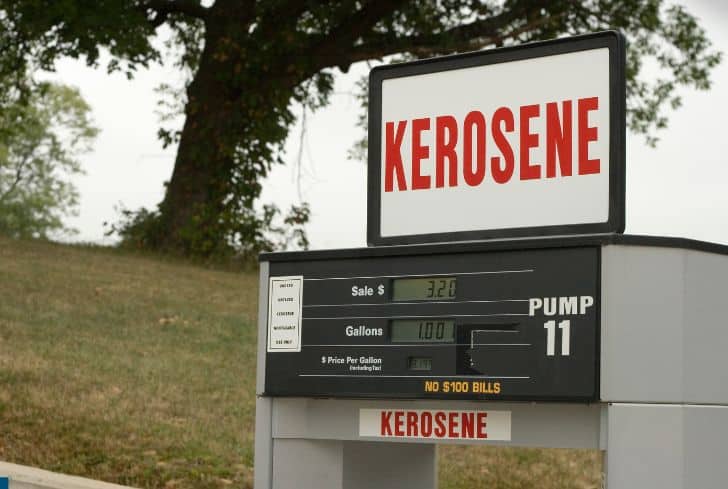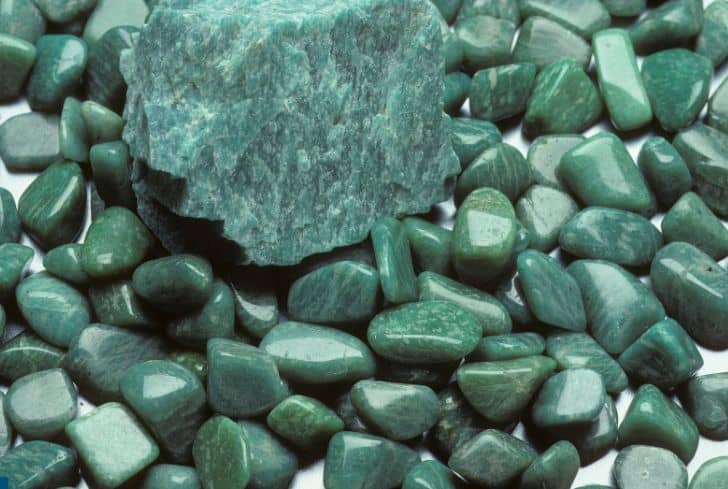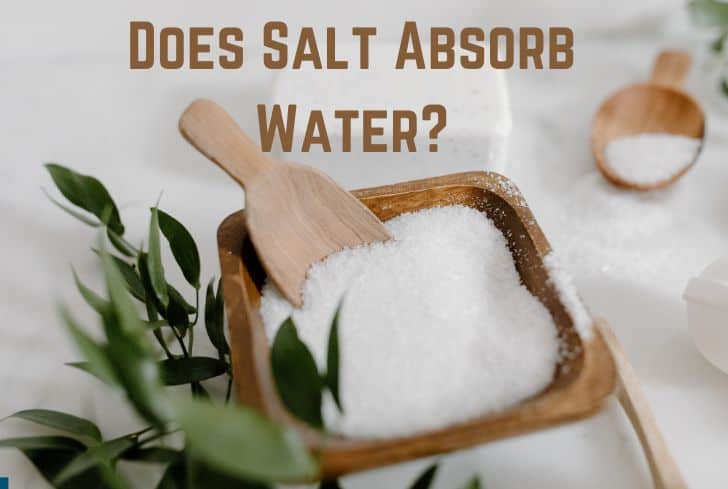Does Paint Dissolve in Water? (Enamel, Acrylic, Latex)

Are you looking to beautify your house? Painting or re-painting can completely change the look of a place. But there are so many varieties in the market. Which one do you pick?
In this article, we are going to see if paint dissolves in water. We will discuss how paint is composed of a pigment, binder, and solvent. Then we will look at the different kinds of paint—enamel, acrylic, latex—talk about their different features, advantages, etc. Finally, we will look at the ways in which you can get rid of leftover paint.
Can Paint Dissolve in Water?
Yes, but it depends on the kind of paint. Most commonly used paints are water-based and are soluble in water. Adding water thins the paint, which makes it more spreadable and gives larger coverage. However, if you add too much water, it will lead to discolouration.
Moreover, when adding excessive water, the paint will not form as thick a dry film as the paint manufacturer originally intended. The durability of the paint depends on its thickness, so highly diluted paints won’t last long.
The great thing about most paints is that, when they are fresh out of the container, they are soluble in water. But once you paint them, they dry into a dry film that is waterproof. Keep reading the article to find out the scientific explanation behind this.
Does Powder Coating Dissolve in Water?
No, powder coating is quite different from conventional liquid paint. It is applied electrostatically as a free-flowing, dry powder. It is then cured (the equivalent of paint hardening) under heat or with ultraviolet light.
When the thermosetting paint powder is exposed to heat, it melts, flows out, and then reacts to form a polymer in a network-like structure. This curing process is called crosslinking. The powder paint requires the prescribed temperature for the prescribed amount of time to cure completely and develop the full film properties.
Powder coating is used to create a finish that is harder than conventional liquid paint. It is mainly used for colouring metals: household appliances, automobiles, bicycle frames, etc.
Does Enamel Paint Dissolve in Water?
Again, it depends on the kind of enamel paint we are talking about. Enamel paint is any solvent-based paint that dries to a hard, glass-like film, giving the surface a glossy look. Solvent-based paints are also known as oil-based paints, and they are contrasted with water-based paints.
While enamel usually meant solvent-based paints, paint manufacturers have made things a bit more confusing by attaching the word ‘enamel’ to water-based paints. So, now, we also have water-based paints that use enamel in their name, and these can indeed dissolve in water.
Enamel paint is usually used for outdoor areas or any surface prone to a lot of wearing or temperature variations. You can use it for projects that require high-durability or a glossy look: paint a door casing, renovate your barbecue grill, or touch up your kitchen appliances.
Does Acrylic Paint Dissolve in Water?
Yes, acrylic paint easily dissolves in water. Acrylic paint is water-based and is composed of pigment particles immersed in an acrylic polymer emulsion. Unlike the glossy look of enamel paint, acrylic paint has a matte finish.
As in most paints, there are three main components in acrylic paint:
1. Pigment
Pigments are tiny solids that gives the paint its color. They usually come in powder form and must be converted into a liquid state to be painted on a surface, which is what the solvent/vehicle does.
2. Binder
Binder keeps the pigment intact after the paint dries. In the case of acrylic paint, the acrylic polymer is the binder. After painting, the water evaporates and the binder forms a dry film over the surface.
3. Solvent
A solvent is something that dissolves something else. In paint, the solvent dissolves the pigment and binder, along with any other additives. By doing so, it creates an evenly consistent substance that can be painted.
The solvent used in acrylic paint is mostly water. When it is mixed with the binder (acrylic polymer), it creates a polymer emulsion. After you paint a surface, the water evaporates and the paint dries, creating a clear polymer film. This film traps the color pigments, which give the surface its beautiful color.
The wonderful thing about acrylic paint is that after the paint dries, it becomes water-resistant—even though the paint itself is made from water. Unlike enamel paint, acrylic paint does not require paint thinner to be cleaned; only soap and water are needed, so it’s easier to keep things tidy. Acrylic paints also don’t turn yellow over time like enamel.
The biggest advantage of acrylic paints is that they are non-toxic and contain fewer VOCs (volatile organic compounds). Most oil-based enamel paints have 300 grams/litre of toxic chemicals, which is significantly higher than the LEED’s recommended guidelines of 150 grams/litre. On the other hand, acrylic paints have VOCs under 50 grams/litre, making them a safe and eco-friendly choice.
Does Latex Paint Dissolve in Water?
Yes, Latex paint dissolves in water because it is also water-based. Latex might bring up the idea of rubber in your mind. In fact, in old times, companies did use rubber as one form of resin (or solid) in paint, which was mixed with a solvent (or thinner) like water.
Today, companies do not generally use rubber as the resin. However, the term latex is still used to refer to paints that are actually “acrylic latex.” That is, they contain a plastic resin of acrylic or polyvinyl (instead of rubber) which is mixed with water.
Acrylic latex paints provide a lot of advantages: greater speed of drying, increased opacity (you can completely cover one color with another color), and washability. Since this paint is water-based, you no longer need to spend money on expensive thinners, which also pose the risk of fire hazards.
In general, latex paint is cheaper than acrylic paint and is quite easy to find. If you are painting a piece of furniture, it will give you good coverage in fewer coats. However, latex paints are comparatively less resistant to the sun and water than acrylic paints.
Can I Pour Paint Water Down the Drain?
No. Like any other cleaning product, paint should not be poured down the drain. It can clog your drain and also has the potential to pollute the environment. Oil-based paints must definitely not be poured down the drain, and you should take them to your local hazardous waste centre.
Water-based paints, unlike oil-based paints, are not considered toxic. Some brands manufacture zero-VOC (volatile organic compounds) paint, which means that these paints don’t release health-damaging fumes into your house.
But this does not mean that they do not contain any harmful chemicals. Even zero-VOC latex paint has biocides, acrylics, crystalline silica, and various other additives. Moreover, the painting process itself can sometimes add VOCs.
That is why we should never directly pour paint down the drain. We should also be mindful about disposing of the water with which we clean our paint tools.
Can You Pour Paint Down the Sink?
No. You should not pour paint down the sink because, over time, the paint solids will clog up your plumbing, damaging your piping and drains. Besides the plumbing issues, this also causes environmental harm.
What Can You Do With Leftover Paint?
Instead of pouring paint down the drain or sink, you can follow these steps:
- Begin by cleaning your paintbrush. Scrap it against the inside of the paint can restore any excess paint.
- Different paints require different kinds of cleaning solvents: oil-based paints require strong solvents while water-based paints can be cleaned easily with soap and water. Read the instructions on the paint can.
- Immerse the brush in the solvent to get completely rid of the paint. You can then rinse the brush in clean water and wrap it in heavy paper to allow it to retain its shape.
Once you have cleaned your paint brushes, you can move on to disposing of your paint water:
- Keep the bucket of dirty paint water outside, letting the paint solids settle at the bottom.
- When the water evaporates, take out the dried paint residue and throw off the hardened paint in a trash bag.
- If you don’t want to wait for the water to evaporate, you can tip the clear water (without the paint solids) onto a flat, grassy area away from any water pipeline or source. After the residue solidifies, you can throw it in a trash bag.
Most cities and towns have a waste facility where you can dispose of your old or leftover paint. You can also try finding out about those.
Conclusion
In this article, we looked at how paint interacts with water. Paint is mainly composed of three elements: pigment, binder, and solvent. There are primarily two kinds of paints, water-based paint and oil-based paint, which can be further classified into enamel, acrylic, and latex paints.
We discussed the different features and advantages of these paints. We also looked briefly at powder coating, which is an alternative to conventional liquid paints. Finally, we looked at the right ways to clean up after painting.






